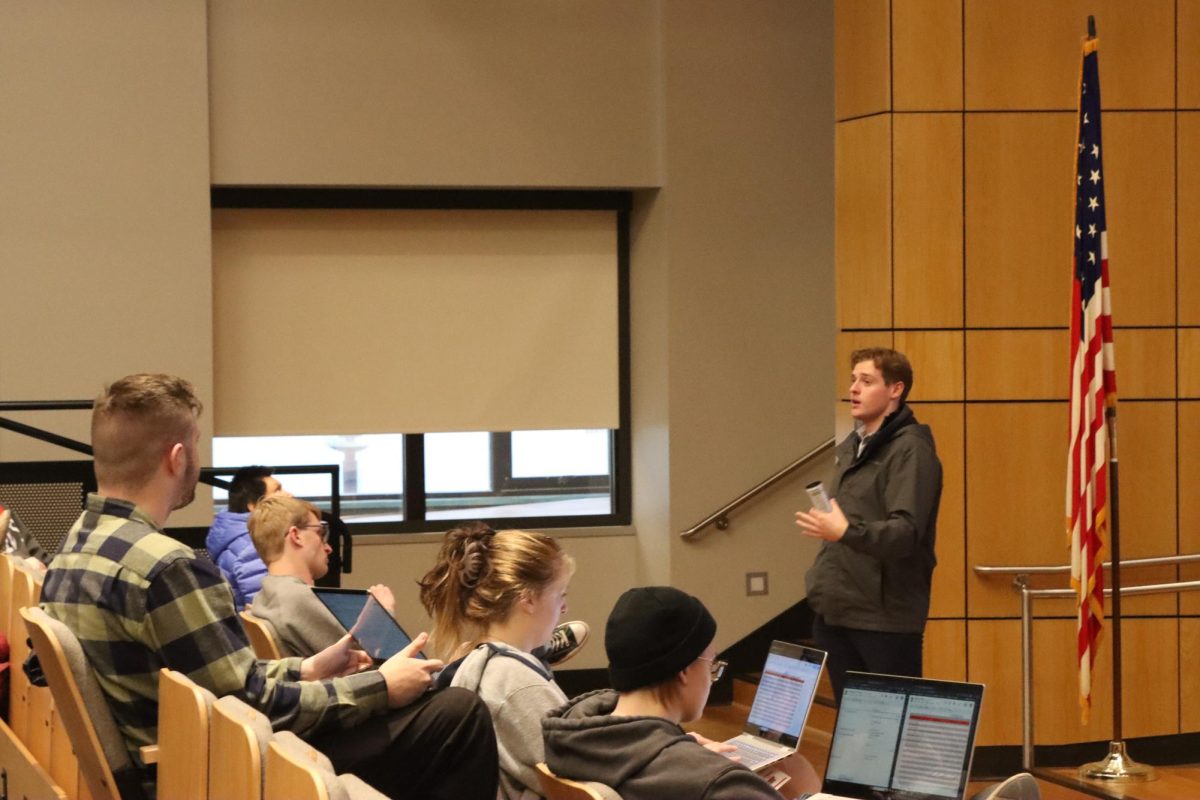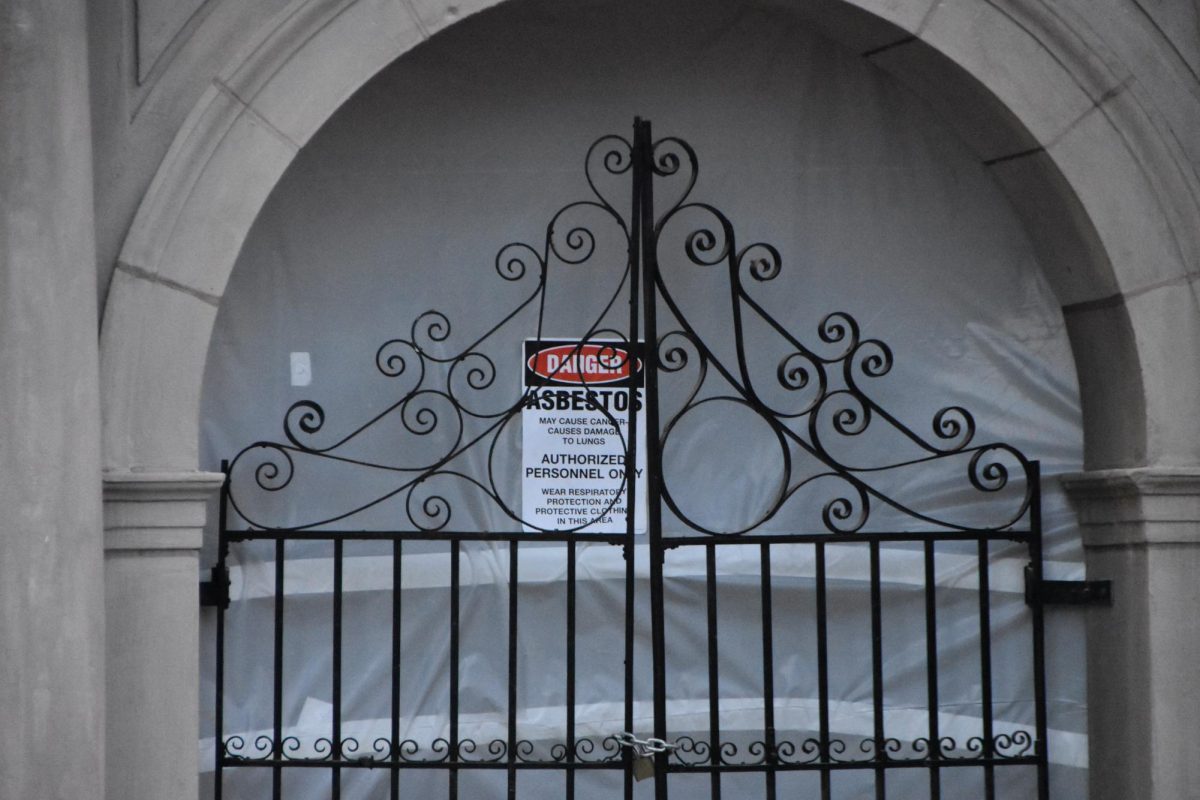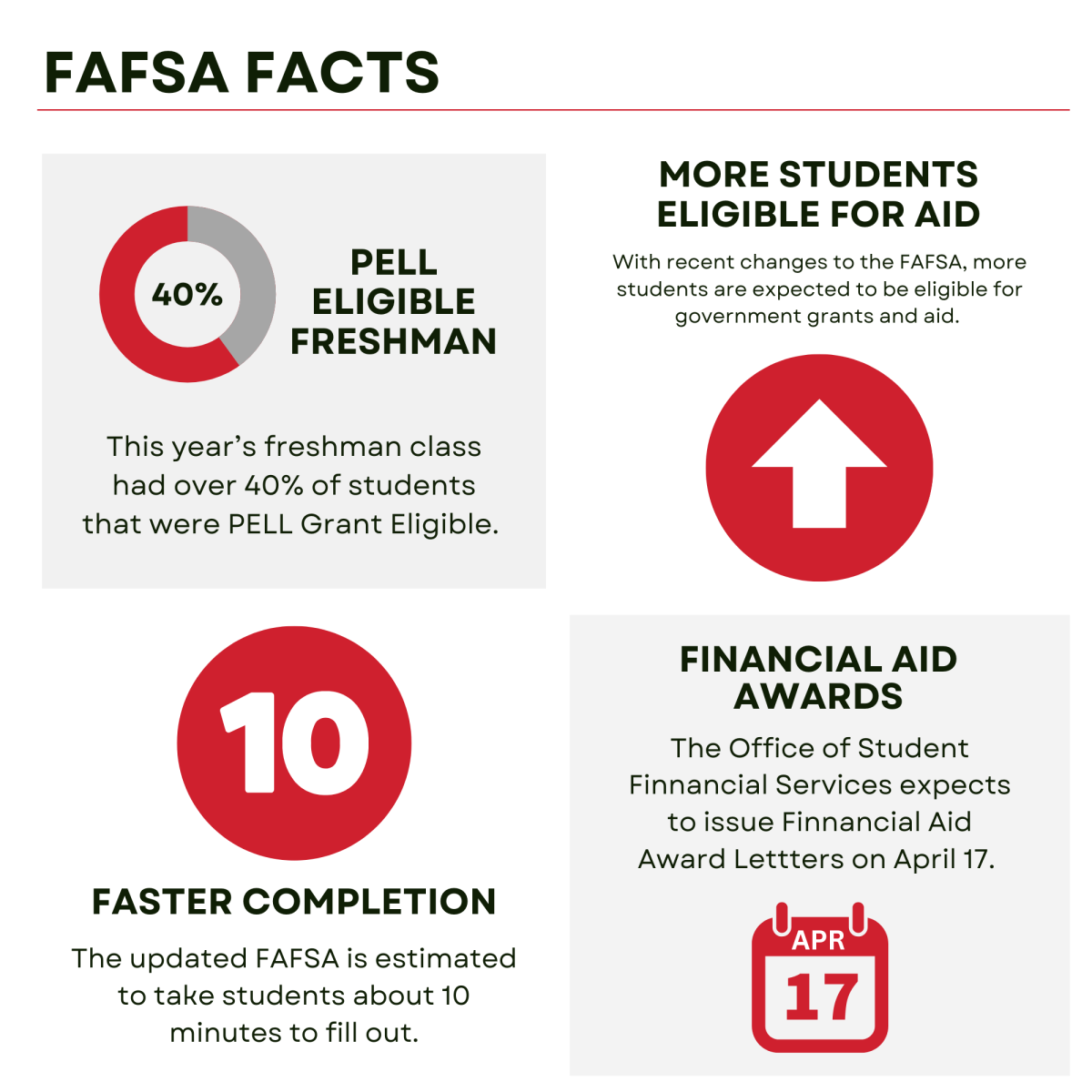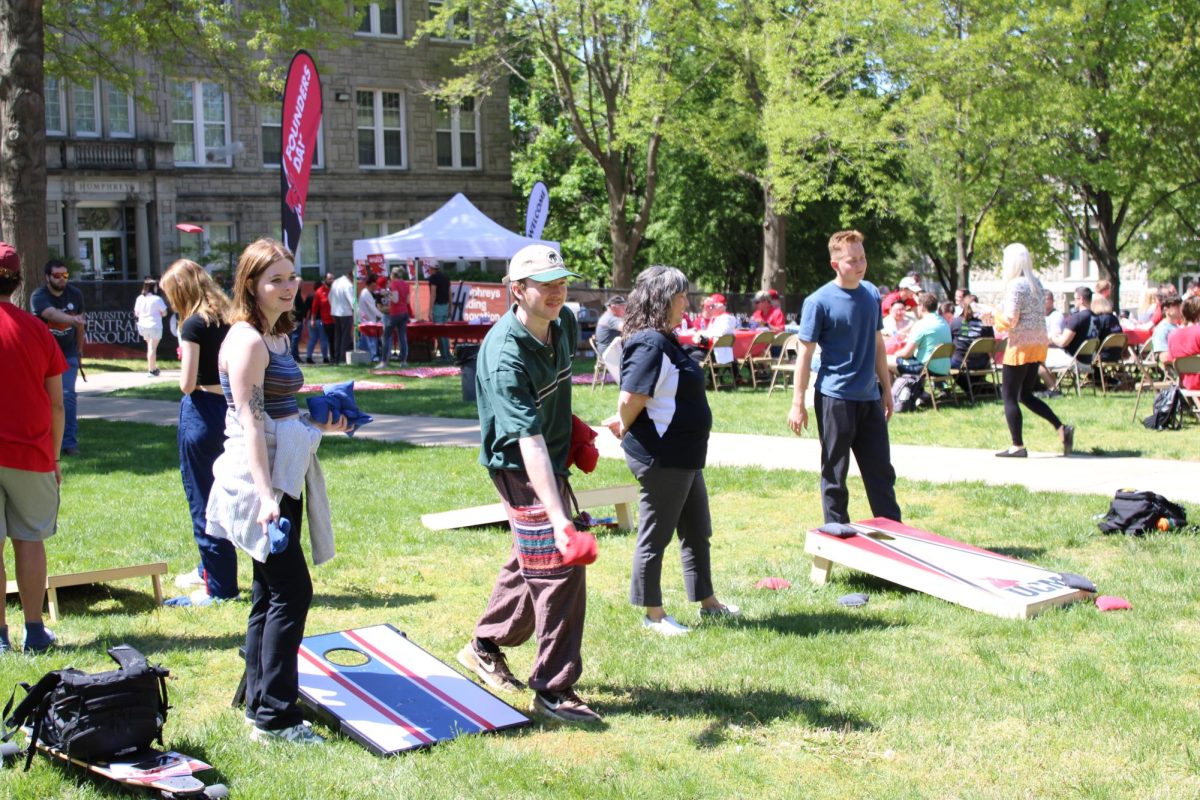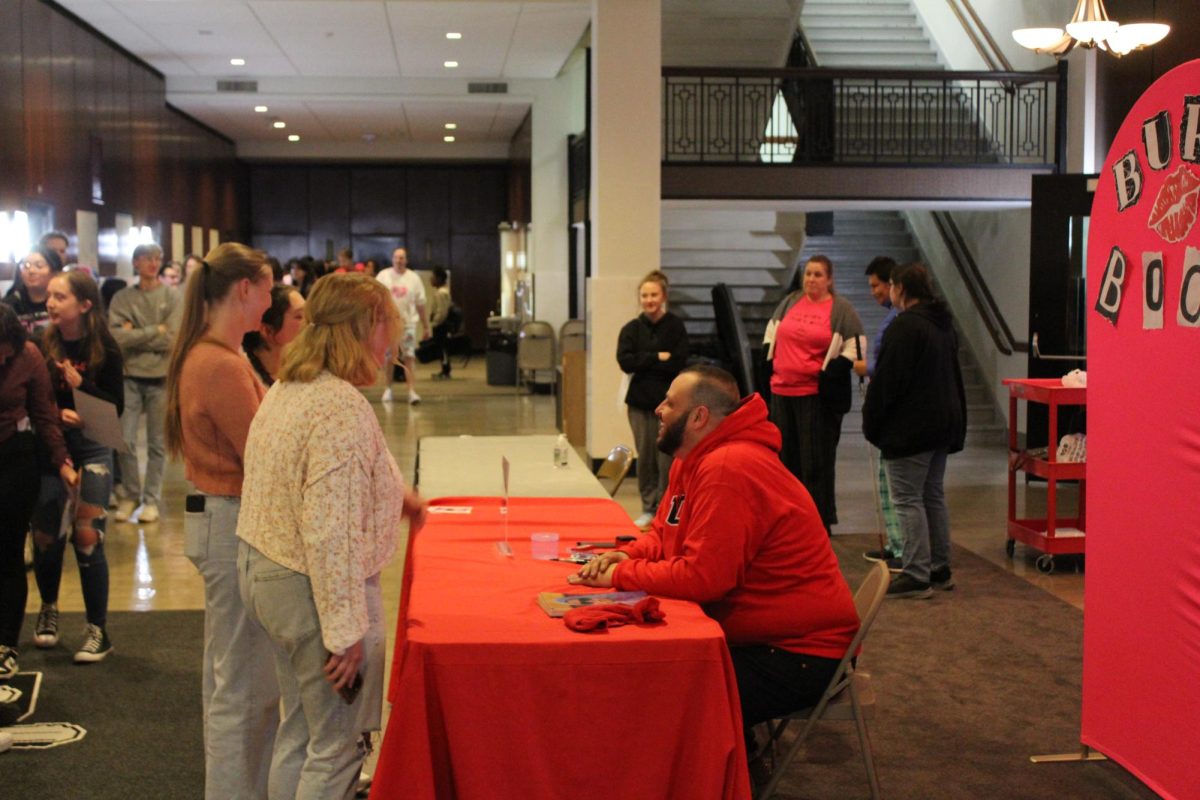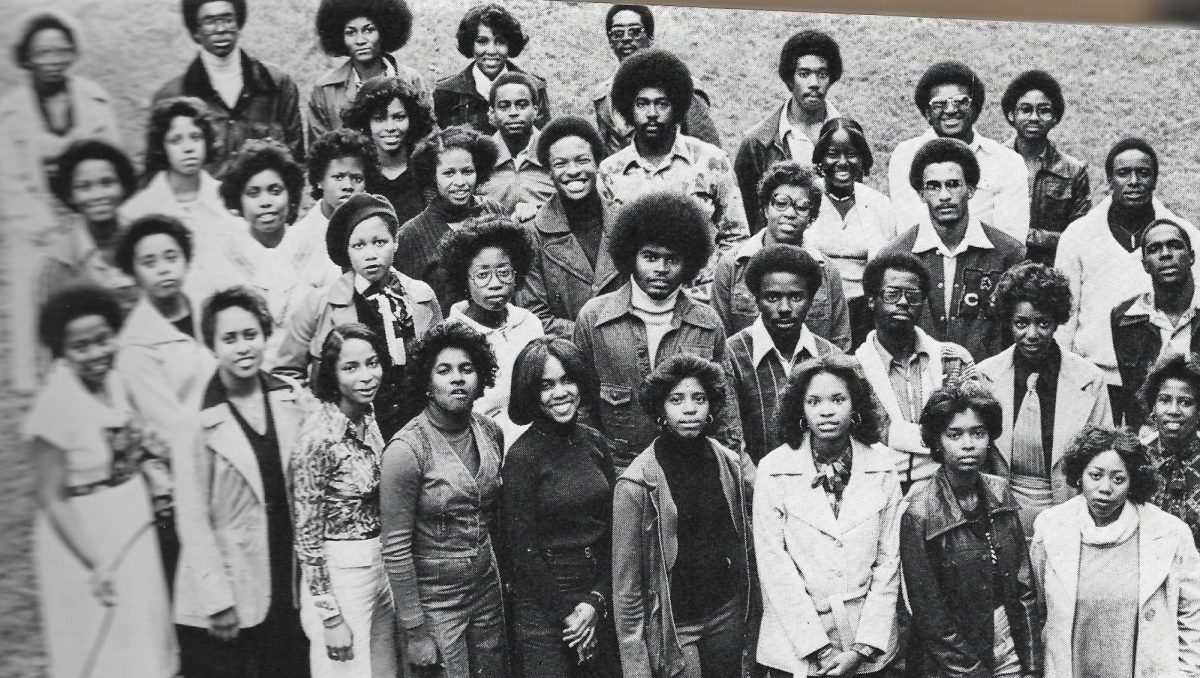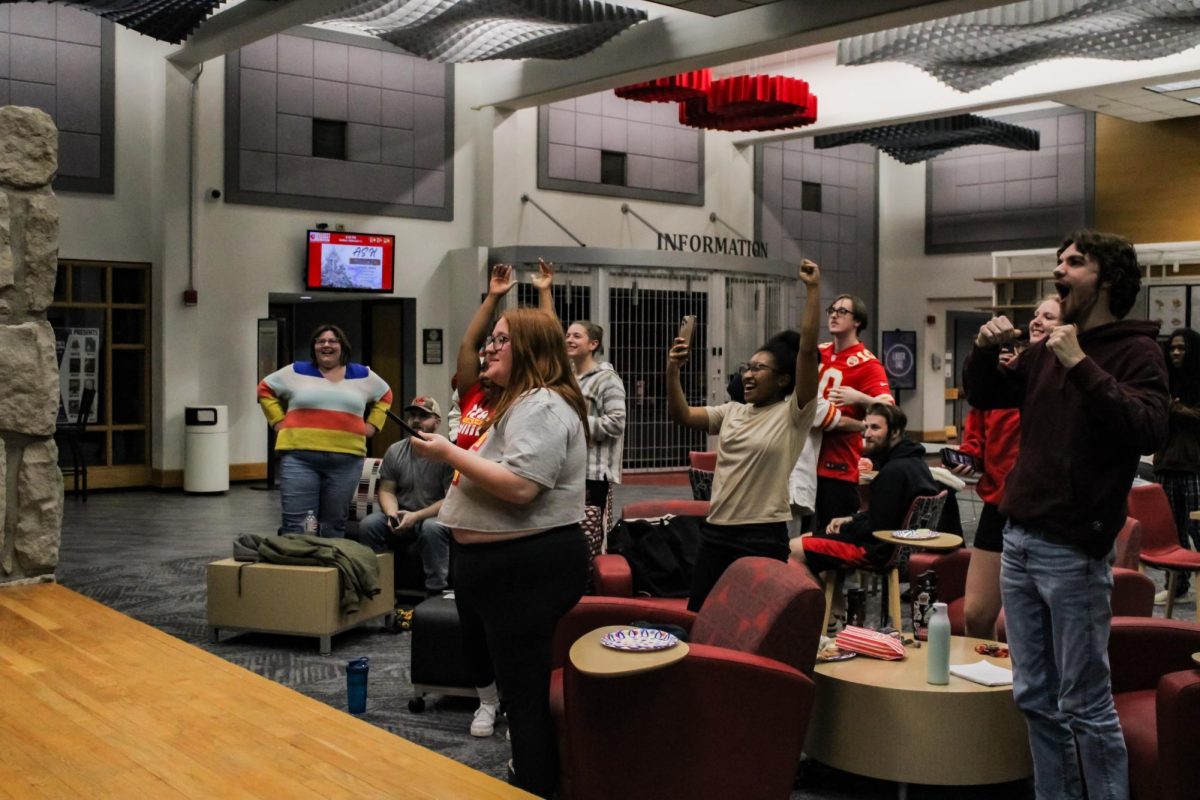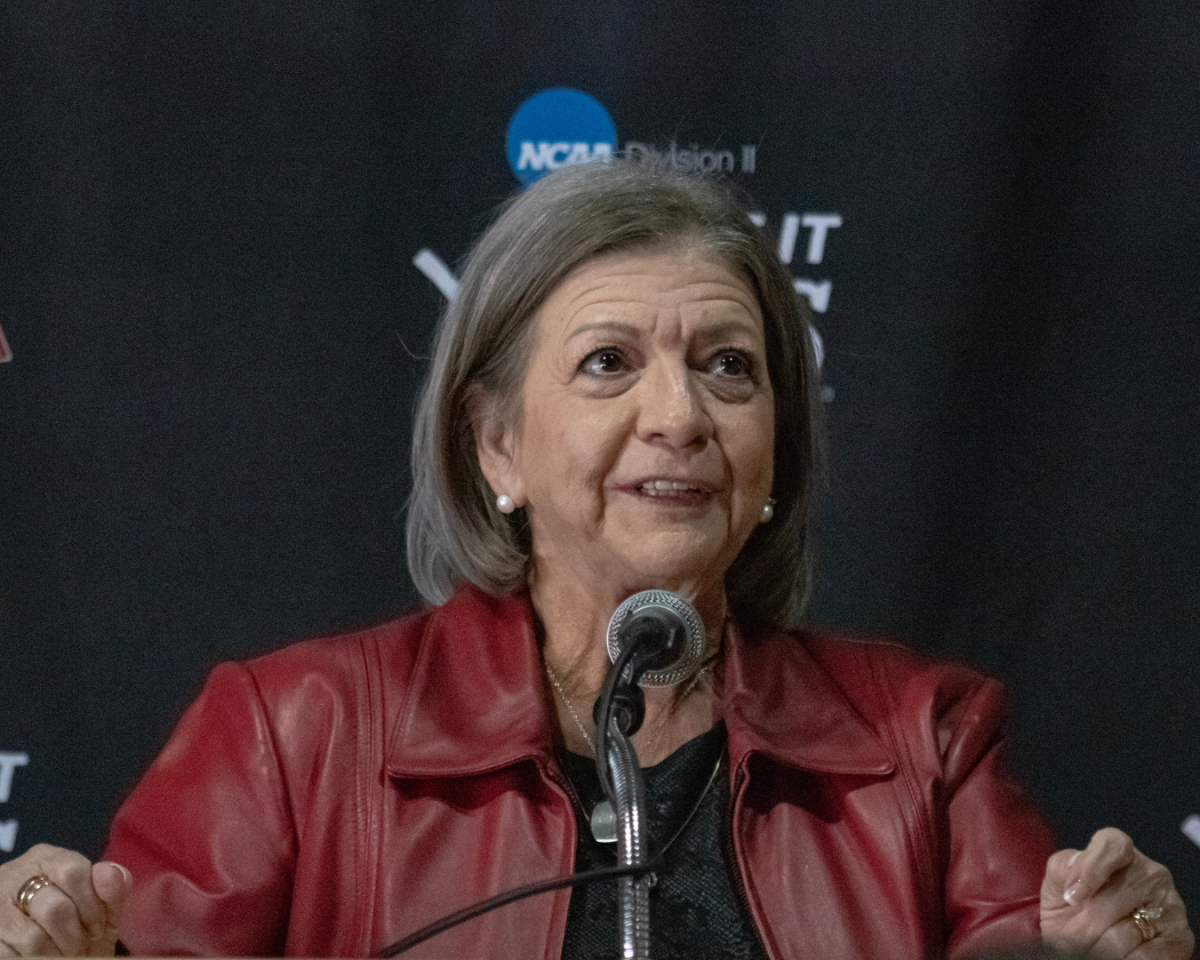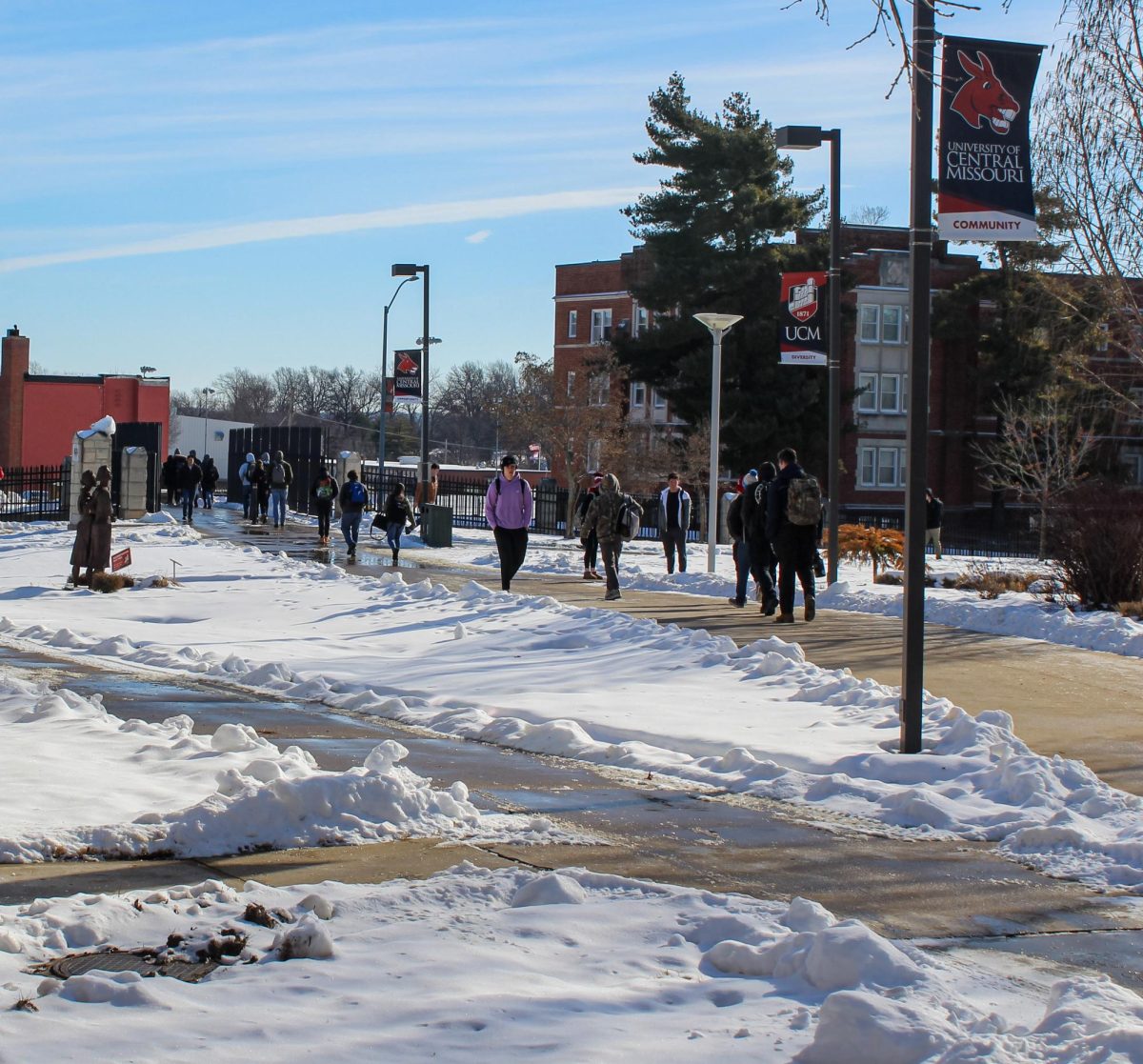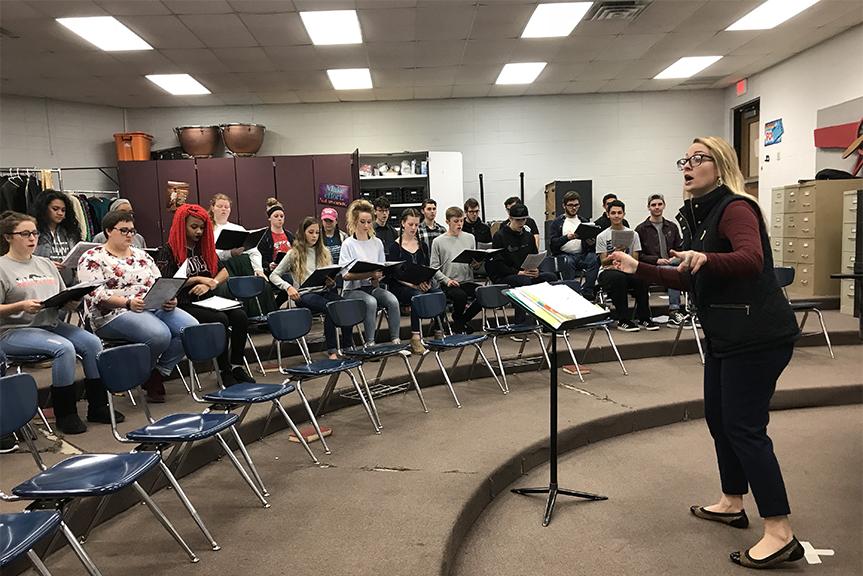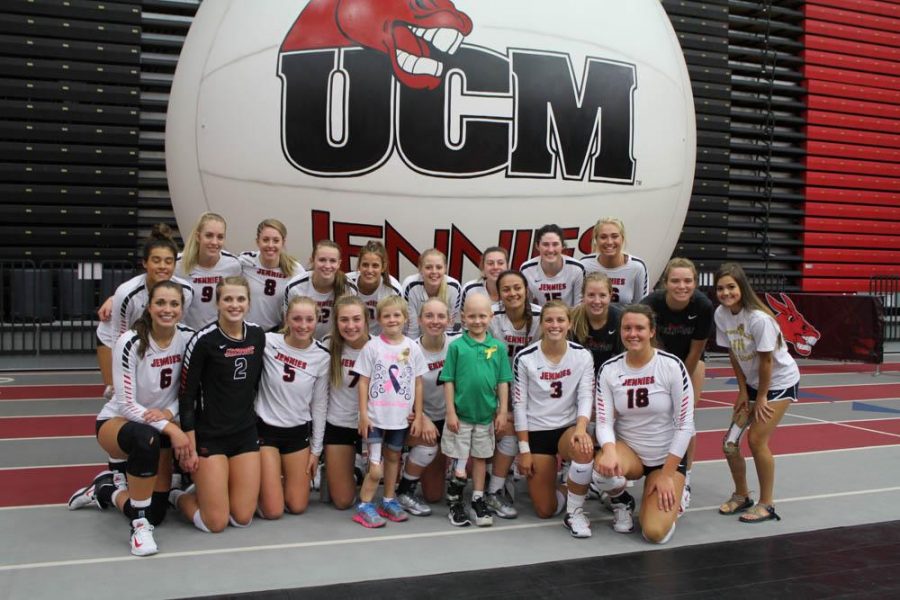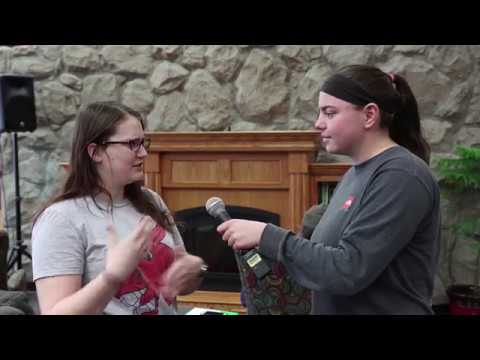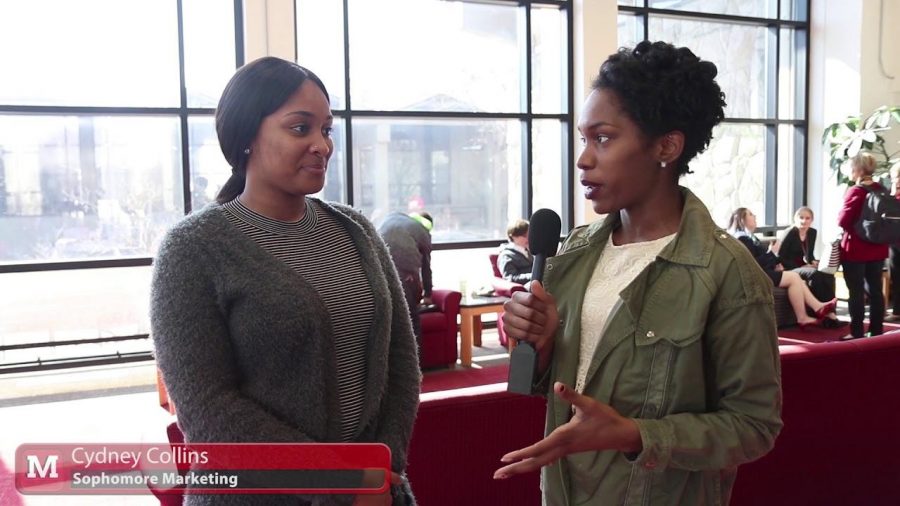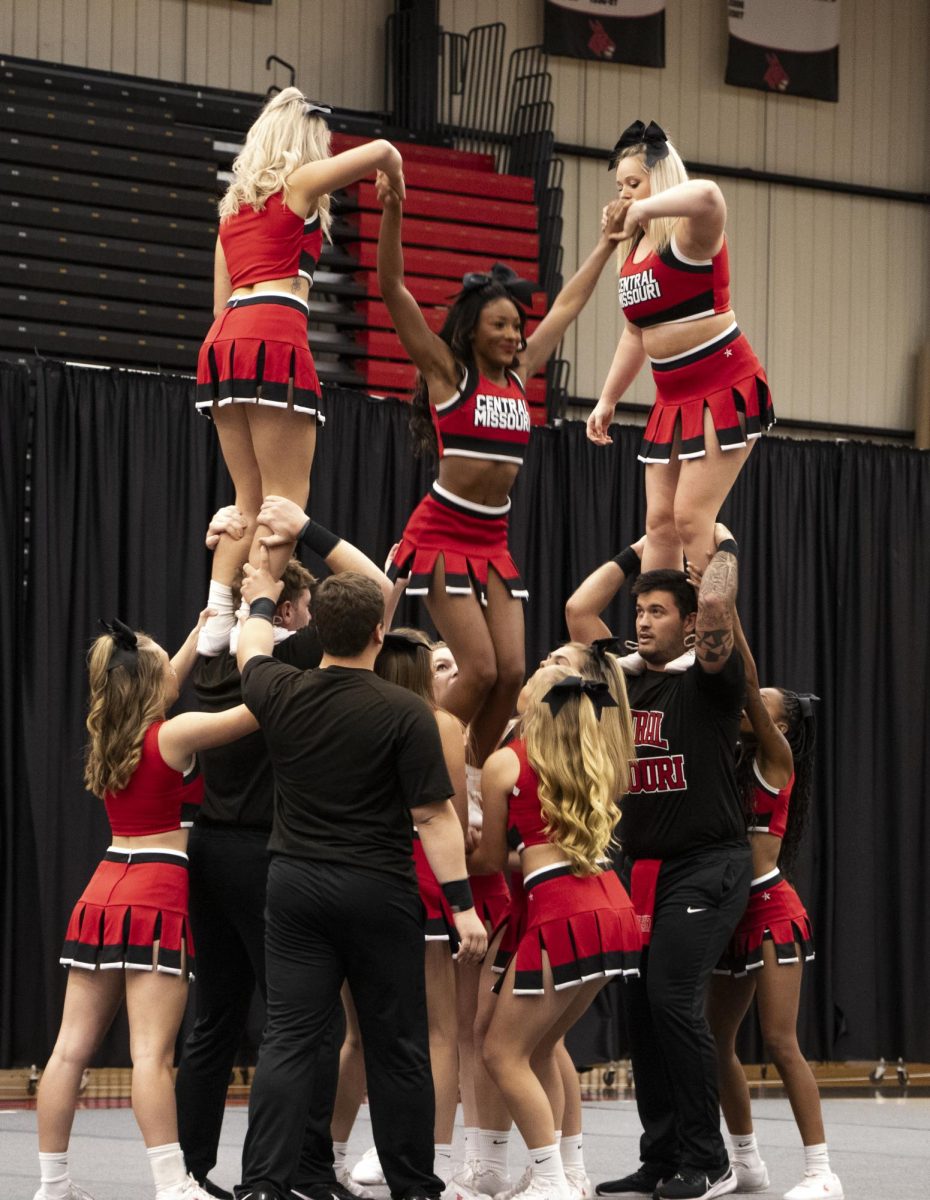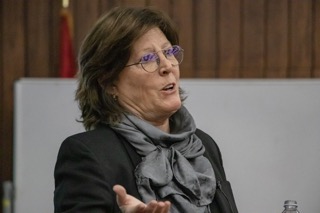By DONALD BRADLEY and STEVE EVERLY
(POLO, Mo., AP) — Mike Ford shoved the rifle he carries for coyotes onto the dashboard, and his old Dodge diesel truck took out rumbling over frozen pasture to carry hay to cattle.
It hadn’t gone a hundred feet before Ford started in on the people trying to — his word — “steal” his land, The Kansas City Star reports.
Too strong?
“To me it’s not,” he said, the window down and temperature at minus 3.
Ford, 52, runs a cow-calf operation on 500 acres north of the little town of Polo, about 25 miles southeast of Cameron. The plan all along had him and his wife retiring someday and turning the cattle business over to their son.
But now the farm stands in the way of a private company’s $2 billion proposal for high-voltage transmission lines to carry Kansas wind-generated electricity to Eastern states. Ford and some neighbors along the route of the “Grain Belt Express” from southwest Kansas to Indiana say the project — the first of its kind to cross Missouri — is unnecessary, the folly of billionaires, and will harm property values, impair production and generally destroy their way of life.
“It’ll ruin what I’ve worked for all these years,” Ford said. “I’ve been doing this for my kids and it’ll all be gone.”
Houston-based Clean Line Energy, which would pay landowners for easements that could still be farmed, rejects the dire predictions. The company insists it’s not a folly and says it’s working hard to ensure that lives will not be affected.
“The future of Kansas wind energy depends on the export market and we’re going to have to build transmission lines,” said Mark Lawlor, director of development for the company.
Step aside, Keystone XL. Turns out it’s not only crude oil pipelines that can get a debate going about this country’s energy policy.
But after all the dirty talk of fossil fuels and global warming, wasn’t wind supposed to be the good guy?
In theory, yes. But 600,000 volts strung overhead is something else for some.
Still, the United States wants to increase its share of electricity that is wind-generated from the current 3.5 percent to 20 percent by 2030 — which is great for western Kansas because that part of the country has been dubbed “the Saudi Arabia of wind.”
Some farmers along the routes of planned transmission lines may feel intruded upon, but major environmental groups support the Grain Belt and Clean Line’s four other projects because wind energy, unlike coal, doesn’t contribute to global warming.
“We think it’s a good thing to get low-cost wind power out of western Kansas,” said John Hickey, president of the Sierra Club’s Missouri chapter.
Opponents say they are not against wind power. They just think Eastern states should produce their own. They point to a letter released in 2010 in which governors of 10 Eastern states said they opposed a national transmission corridor to bring wind energy from the Great Plains because they had plans to produce their own renewable energy.
But four years later the message has shifted, at least for some.
“It makes a lot of sense to get wind power from the Midwest,” said Collin O’Mara, secretary of energy and environmental affairs for Delaware, which was one of the states that signed the letter.
Not to the line’s opponents, it doesn’t. They think Eastern states can produce their own power but don’t want to because of costs and unsightliness — if it was a viable option four years ago, it’s viable now.
Criticism of another Clean Line project called Rock Island, from Iowa into Illinois, sounds much the same as for Grain Belt.
“Prime farmland will be taken out of production and impaired permanently,” a commenter wrote to the Illinois Commerce Commission. “(The project) would be a forced mandate by wealthy investors with one goal in mind: increased wealth on our backs.”
But research for the most part shows little effect on farm production caused by high-voltage power lines. Effect on land value is harder to nail down. Some studies indicate a negligible decrease, while one in Canada suggests far greater harm.
“There has been no real definitive study and that’s part of the problem,” said Lucas Nelsen, an energy policy associate at the nonprofit Center for Rural Affairs in Lyons, Neb.
In Carrollton, Mo., an hour southeast of Polo, Nelson Heil sees the Grain Belt project differently from some farmers.
As Carroll County’s presiding commissioner, he thinks it would help his county’s economy, boost tax revenue for schools and help the country toward its goal of using more renewable energy. He has yet to be approached by opponents.
“It’s a good thing for us, our country and our people,” Heil said.
Clean Line said as much as 14 percent of the line’s power will end up being sold to consumers in Missouri, which now gets most of its electricity from coal. In addition, the state will get an economic boost of as much as $627 million from the project, which includes the jobs created to build the transmission line.
The fate of Grain Belt is unclear, although it has been approved by Kansas regulators. An online petition opposed the project, but most of the comments made at five public meetings were in favor.
Plans for the transmission line still require approval from state regulators in Missouri, Illinois and Indiana. Opponents are expected at hearings, with plenty of passion about intrusion into farm life. But jumping into the country’s energy policy is more problematic.
“To suggest that there would no demand for Kansas (energy) is just not sustainable,” said John Howat, senior energy analyst for the National Consumer Law Center in Boston.
The reason: Wind energy is something the Midwest is really good at.
A turbine in Kansas can generate twice as much electricity as one in many other parts of the country. Kansas, the country’s second-best wind state, after Texas, is working to take advantage of its natural resource, but officials say they desperately need transmission lines to send the power elsewhere.
Geoff Coventry is chief operating officer of Lenexa-based TradeWind Energy, which has built about 25 percent of the wind energy capacity in the state. He said not getting the Grain Belt line would have a big effect.
“We see a limited market and we could not invest more in the area,” he said.
Too strong?
“To me it’s not,” he said, the window down and temperature at minus 3.
Ford, 52, runs a cow-calf operation on 500 acres north of the little town of Polo, about 25 miles southeast of Cameron. The plan all along had him and his wife retiring someday and turning the cattle business over to their son.
But now the farm stands in the way of a private company’s $2 billion proposal for high-voltage transmission lines to carry Kansas wind-generated electricity to Eastern states. Ford and some neighbors along the route of the “Grain Belt Express” from southwest Kansas to Indiana say the project — the first of its kind to cross Missouri — is unnecessary, the folly of billionaires, and will harm property values, impair production and generally destroy their way of life.
“It’ll ruin what I’ve worked for all these years,” Ford said. “I’ve been doing this for my kids and it’ll all be gone.”
Houston-based Clean Line Energy, which would pay landowners for easements that could still be farmed, rejects the dire predictions. The company insists it’s not a folly and says it’s working hard to ensure that lives will not be affected.
“The future of Kansas wind energy depends on the export market and we’re going to have to build transmission lines,” said Mark Lawlor, director of development for the company.
Step aside, Keystone XL. Turns out it’s not only crude oil pipelines that can get a debate going about this country’s energy policy.
But after all the dirty talk of fossil fuels and global warming, wasn’t wind supposed to be the good guy?
In theory, yes. But 600,000 volts strung overhead is something else for some.
Still, the United States wants to increase its share of electricity that is wind-generated from the current 3.5 percent to 20 percent by 2030 — which is great for western Kansas because that part of the country has been dubbed “the Saudi Arabia of wind.”
Some farmers along the routes of planned transmission lines may feel intruded upon, but major environmental groups support the Grain Belt and Clean Line’s four other projects because wind energy, unlike coal, doesn’t contribute to global warming.
“We think it’s a good thing to get low-cost wind power out of western Kansas,” said John Hickey, president of the Sierra Club’s Missouri chapter.
Opponents say they are not against wind power. They just think Eastern states should produce their own. They point to a letter released in 2010 in which governors of 10 Eastern states said they opposed a national transmission corridor to bring wind energy from the Great Plains because they had plans to produce their own renewable energy.
But four years later the message has shifted, at least for some.
“It makes a lot of sense to get wind power from the Midwest,” said Collin O’Mara, secretary of energy and environmental affairs for Delaware, which was one of the states that signed the letter.
Not to the line’s opponents, it doesn’t. They think Eastern states can produce their own power but don’t want to because of costs and unsightliness — if it was a viable option four years ago, it’s viable now.
Criticism of another Clean Line project called Rock Island, from Iowa into Illinois, sounds much the same as for Grain Belt.
“Prime farmland will be taken out of production and impaired permanently,” a commenter wrote to the Illinois Commerce Commission. “(The project) would be a forced mandate by wealthy investors with one goal in mind: increased wealth on our backs.”
But research for the most part shows little effect on farm production caused by high-voltage power lines. Effect on land value is harder to nail down. Some studies indicate a negligible decrease, while one in Canada suggests far greater harm.
“There has been no real definitive study and that’s part of the problem,” said Lucas Nelsen, an energy policy associate at the nonprofit Center for Rural Affairs in Lyons, Neb.
In Carrollton, Mo., an hour southeast of Polo, Nelson Heil sees the Grain Belt project differently from some farmers.
As Carroll County’s presiding commissioner, he thinks it would help his county’s economy, boost tax revenue for schools and help the country toward its goal of using more renewable energy. He has yet to be approached by opponents.
“It’s a good thing for us, our country and our people,” Heil said.
Clean Line said as much as 14 percent of the line’s power will end up being sold to consumers in Missouri, which now gets most of its electricity from coal. In addition, the state will get an economic boost of as much as $627 million from the project, which includes the jobs created to build the transmission line.
The fate of Grain Belt is unclear, although it has been approved by Kansas regulators. An online petition opposed the project, but most of the comments made at five public meetings were in favor.
Plans for the transmission line still require approval from state regulators in Missouri, Illinois and Indiana. Opponents are expected at hearings, with plenty of passion about intrusion into farm life. But jumping into the country’s energy policy is more problematic.
“To suggest that there would no demand for Kansas (energy) is just not sustainable,” said John Howat, senior energy analyst for the National Consumer Law Center in Boston.
The reason: Wind energy is something the Midwest is really good at.
A turbine in Kansas can generate twice as much electricity as one in many other parts of the country. Kansas, the country’s second-best wind state, after Texas, is working to take advantage of its natural resource, but officials say they desperately need transmission lines to send the power elsewhere.
Geoff Coventry is chief operating officer of Lenexa-based TradeWind Energy, which has built about 25 percent of the wind energy capacity in the state. He said not getting the Grain Belt line would have a big effect.
“We see a limited market and we could not invest more in the area,” he said.
Story continues below advertisement

